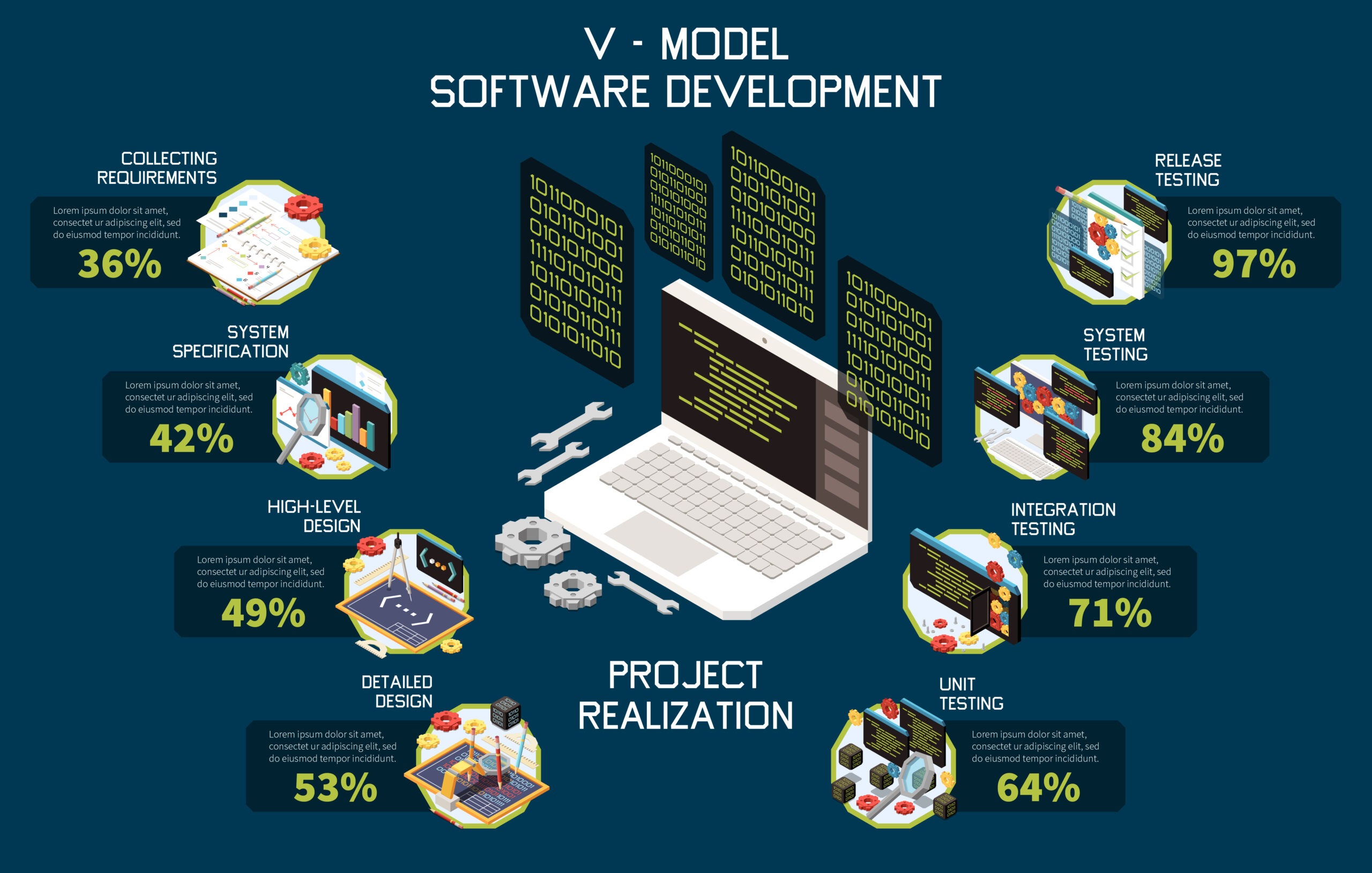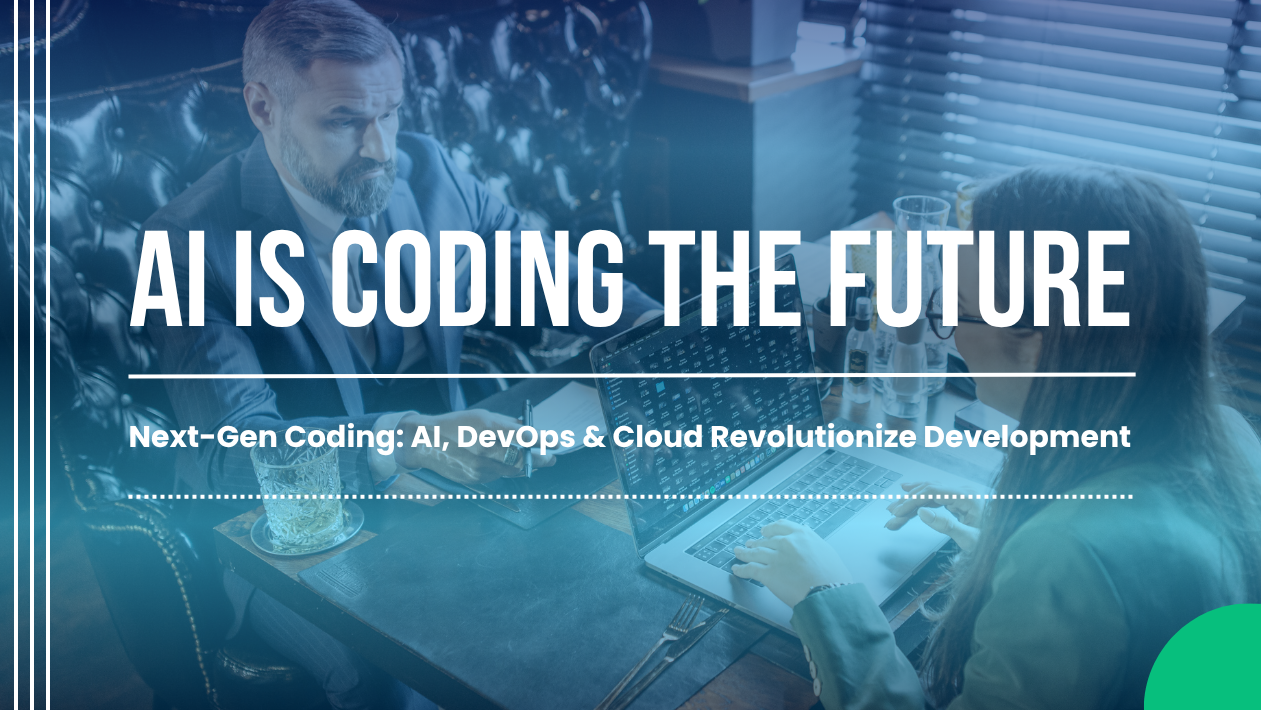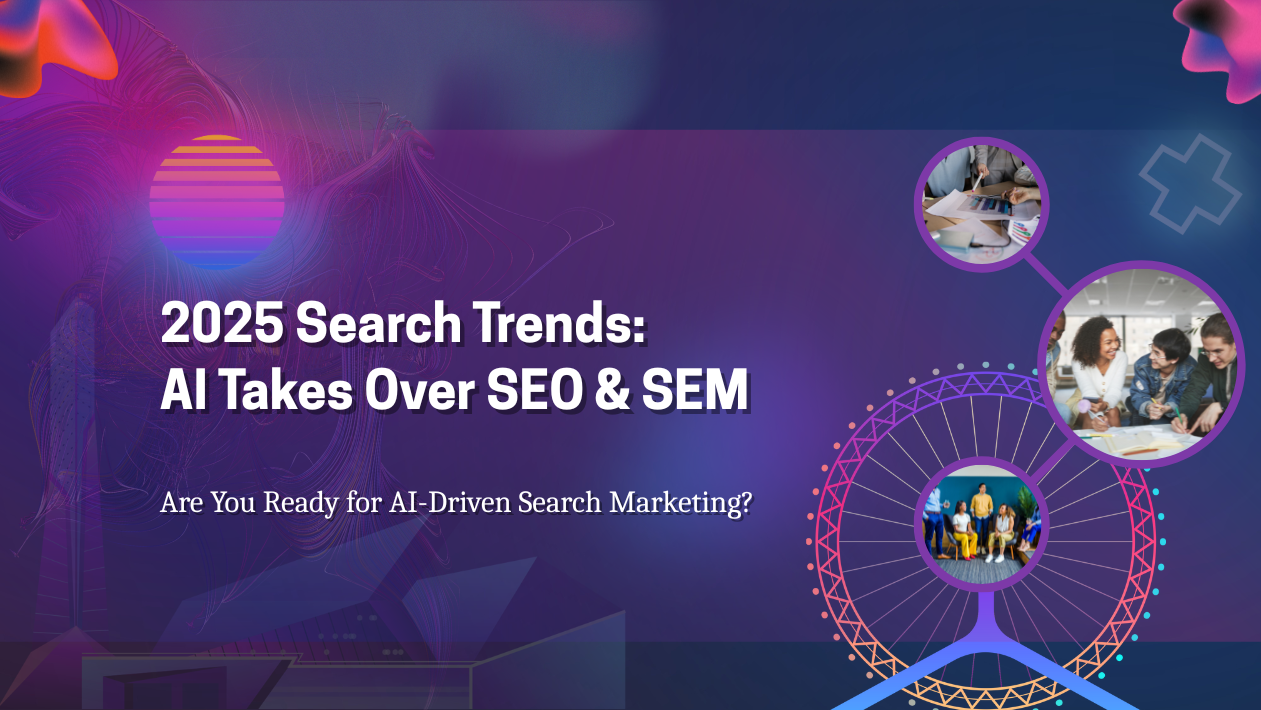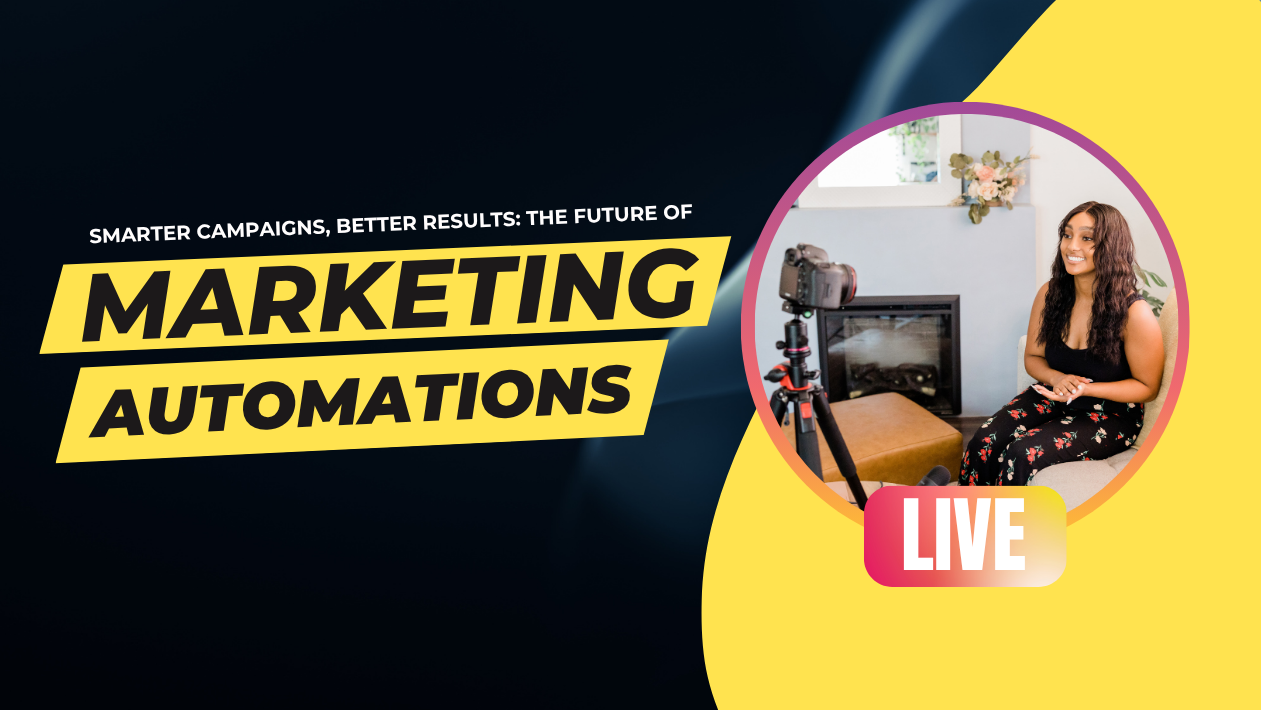Software development in 2025 is moving faster than ever, powered by artificial intelligence, low-code/no-code platforms, and cloud-native engineering practices. Organizations worldwide are streamlining delivery cycles, reducing costs, and enabling broader participation in application creation—reshaping how software is designed, built, and deployed.
AI-Powered Coding Becomes Standard Practice
AI coding assistants like GitHub Copilot X, Amazon CodeWhisperer, and OpenAI’s GPT-5 Developer Mode are now core to the software lifecycle. Developers use these tools to generate boilerplate code, detect vulnerabilities, and automatically refactor legacy systems, cutting development time by up to 40%.
Automated unit testing and code review bots have also improved software quality and security, freeing engineers to focus on architecture and innovation.
Low-Code/No-Code Expands the Developer Base
Low-code and no-code platforms such as Mendix, OutSystems, and Bubble are empowering business analysts and non-technical teams to create apps with minimal programming. Enterprises are blending professional development with citizen development, accelerating digital transformation while maintaining governance and scalability.
Cloud-Native and Microservices Dominate Modern Architectures
The shift toward cloud-native development and microservices is nearly universal. Containers (Kubernetes) and serverless architectures are enabling scalable, resilient applications that can be deployed globally with ease.
Hybrid and multi-cloud strategies are now standard, allowing companies to avoid vendor lock-in and optimize costs while meeting data sovereignty regulations.
DevSecOps and Automated Security Take Center Stage
With cybersecurity threats on the rise, DevSecOps—embedding security into every stage of the development pipeline—is a top priority. Automated security scanning, continuous compliance checks, and real-time vulnerability patching are built into CI/CD pipelines to meet stricter global data protection laws.
Open Source Thrives Amid Corporate Backing
Open-source software remains the backbone of innovation. Major corporations now dedicate full-time teams to maintaining critical projects, ensuring stability and longevity. Community-driven tools for observability, API management, and machine learning frameworks continue to set industry standards.
Edge and AI Applications Shape Next-Gen Experiences
Developers are increasingly building for the edge, where AI models run locally on devices like drones, cars, and IoT sensors. This reduces latency and protects user privacy, opening new possibilities in real-time analytics, AR/VR, and autonomous systems.
The Road Ahead: Human Creativity with Machine Speed
As AI automates more of the coding process, developers are evolving into solution architects and product innovators. Creativity, problem-solving, and ethical oversight will define the next generation of software engineers.
In 2025, software development is no longer just about writing code—it’s about orchestrating intelligent systems that drive entire industries forward.





